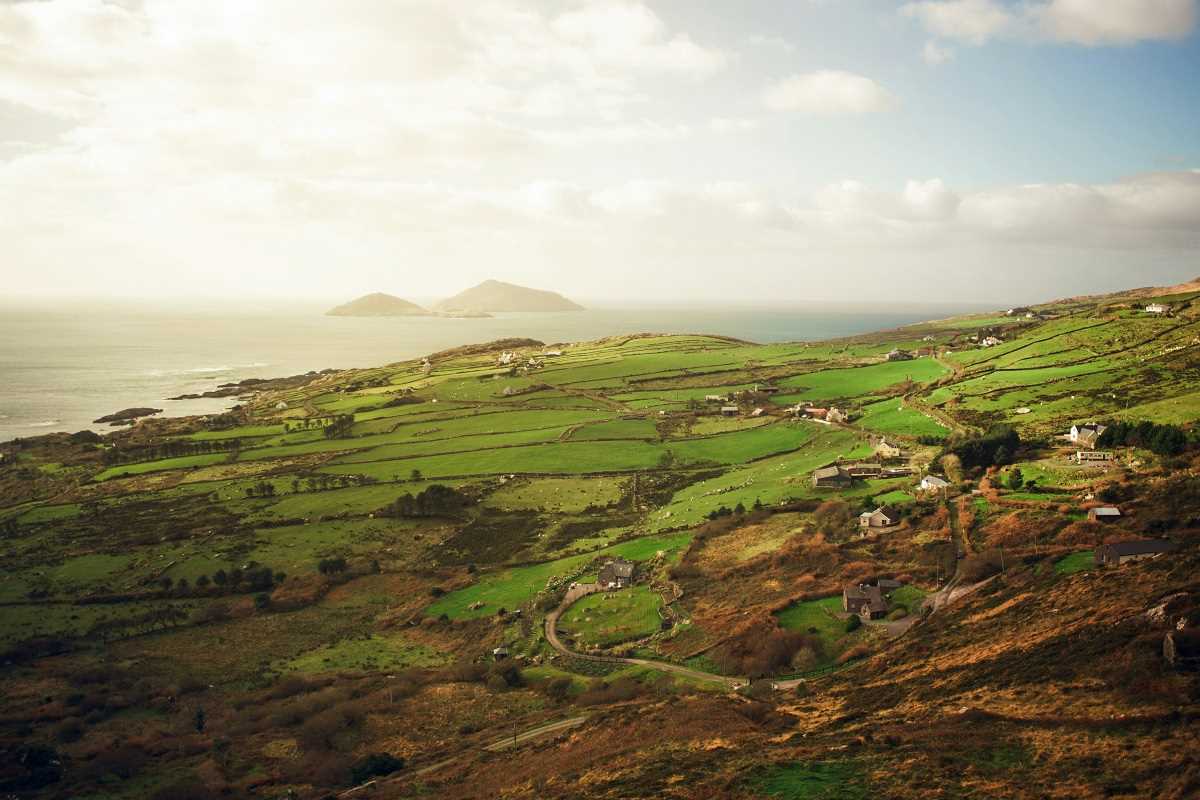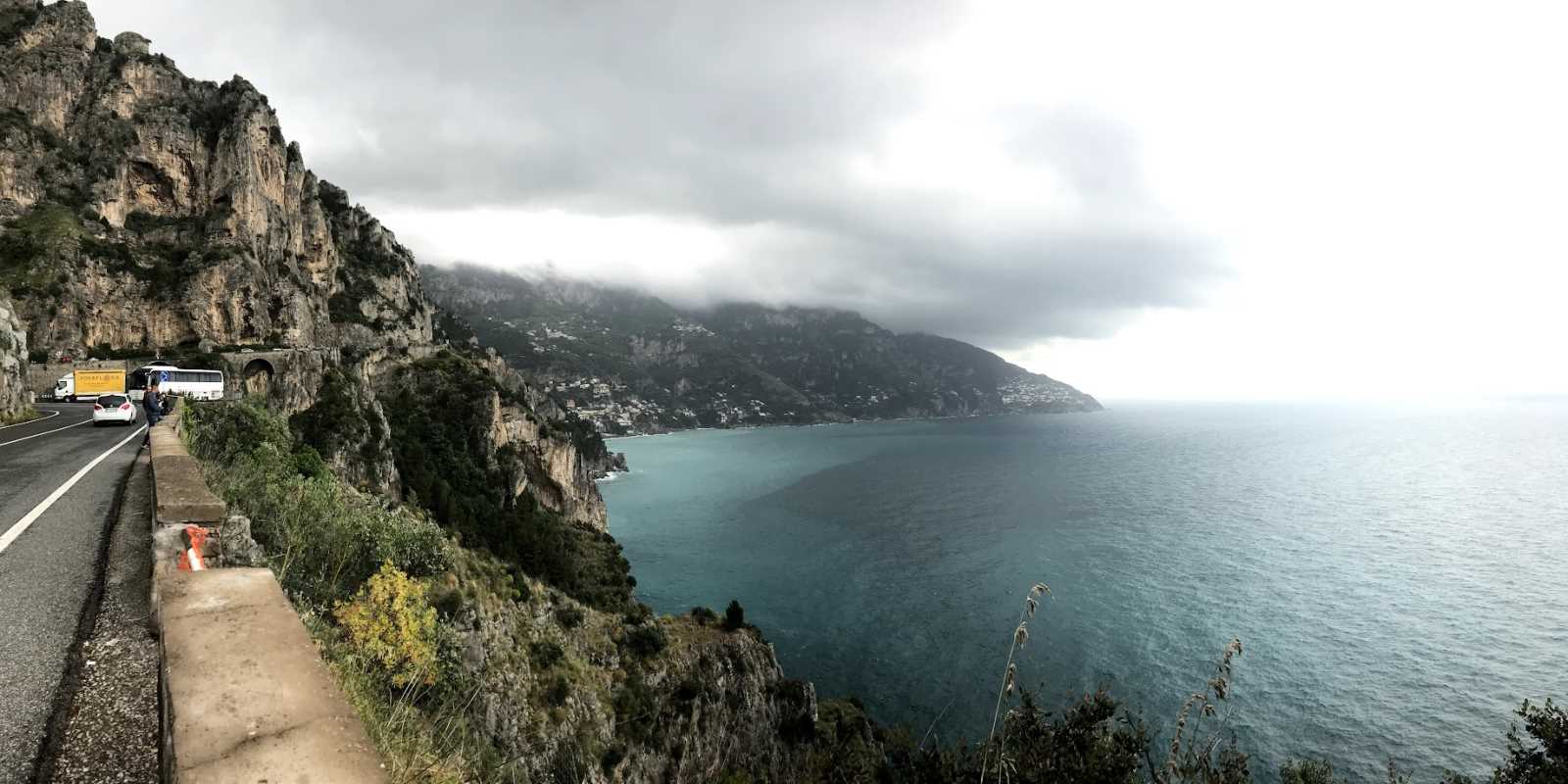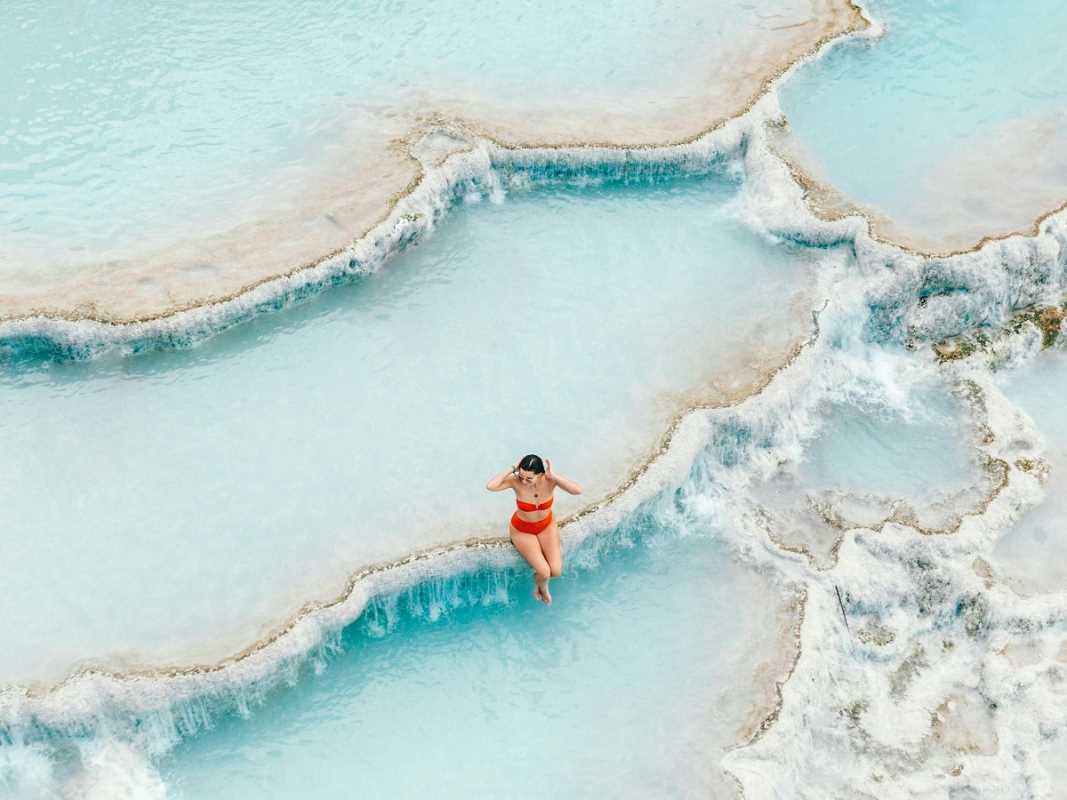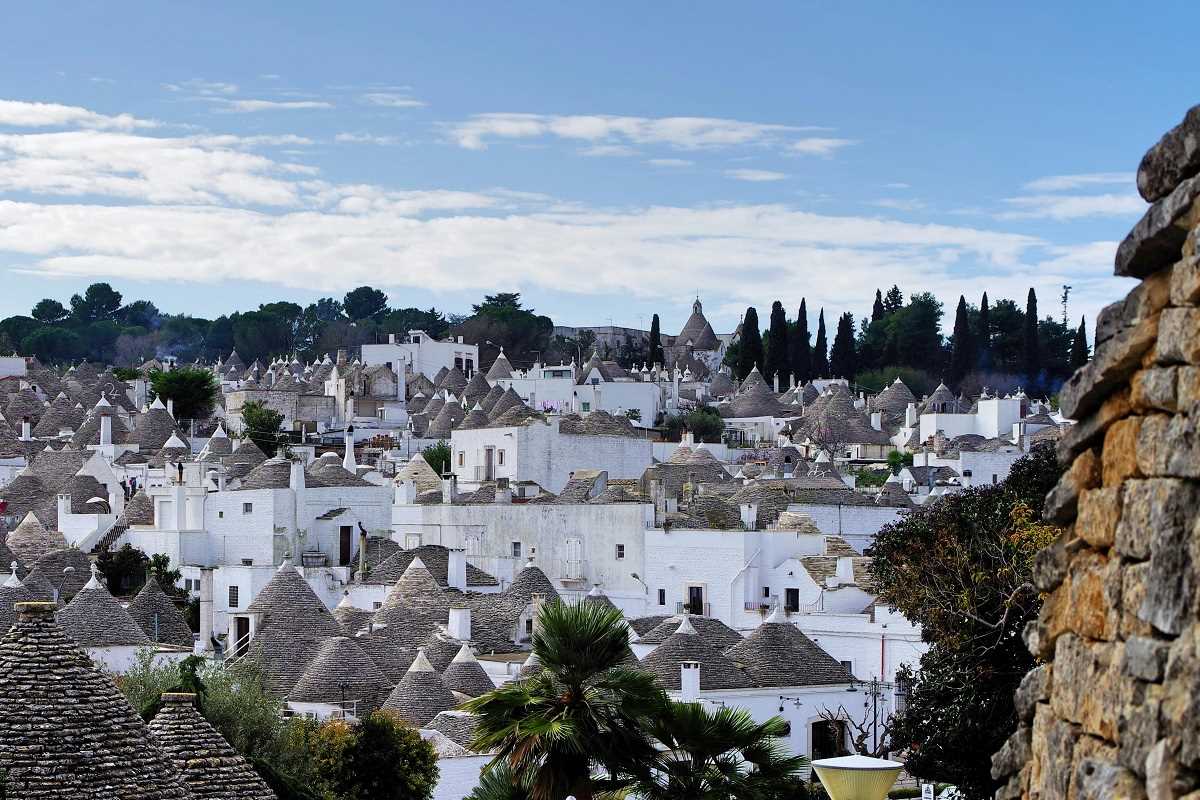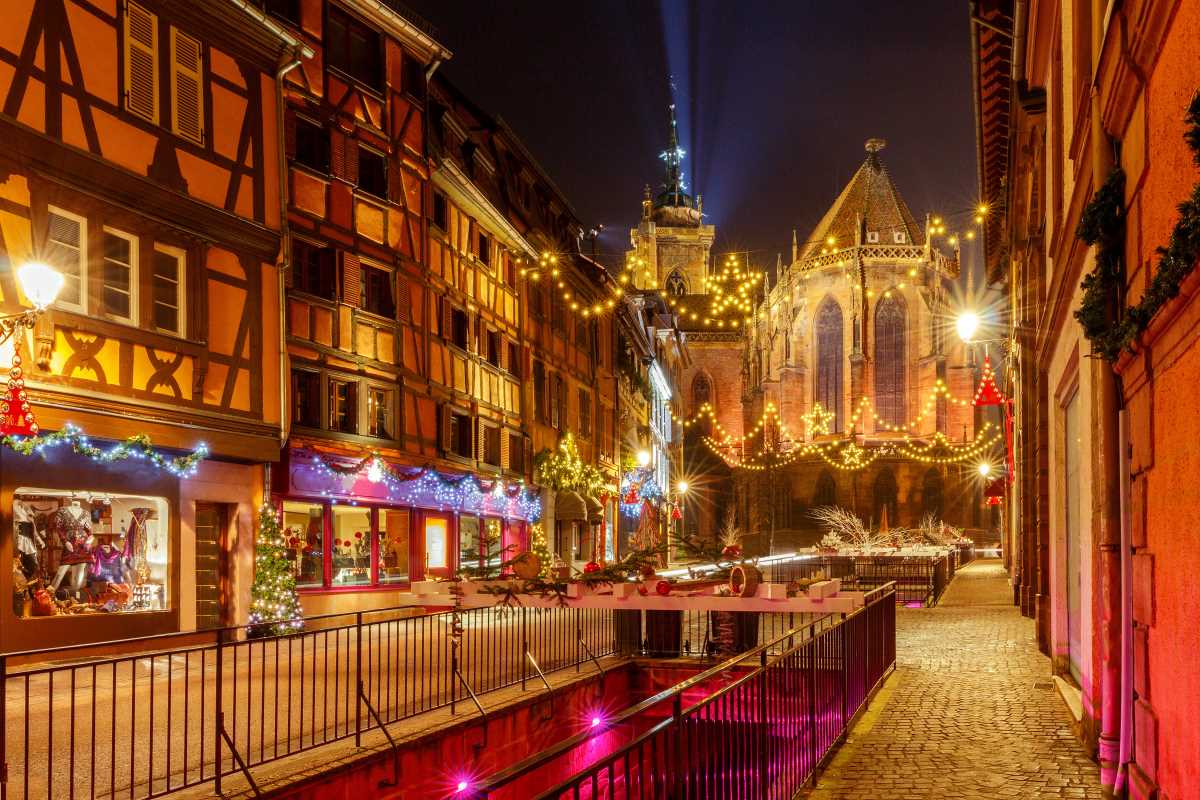When was the last time you gazed at a night sky untouched by city lights? For many, seeing the stars in their full, cosmic glory is a rare experience. But in America’s national parks, the night sky comes alive, offering a dazzling display of celestial wonders. From constellations to shooting stars, these parks provide some of the most breathtaking stargazing opportunities in the world. With their remote locations, pristine skies, and dedicated stargazing programs, these spots are ideal for connecting with the universe.
Here are America’s most beautiful national parks for stargazing, each offering a unique blend of natural beauty and astronomical awe.
1. Bryce Canyon National Park, Utah
Bryce Canyon is a stargazer’s paradise. Located in southern Utah, the park boasts some of the darkest skies in North America, thanks to its remote location and high elevation. Far removed from city lights, Bryce Canyon offers an uninterrupted view of the Milky Way and shimmering constellations.
The unique topography of Bryce elevates the stargazing experience. Picture this: thousands of sandstone hoodoos rising like spires, silhouetted against a deep, star-studded sky. The combination of this surreal landscape and the brilliance of the stars feels almost otherworldly.
Stargazing Highlights:
- Astronomy Ranger Programs: The park hosts stargazing programs led by rangers equipped with high-powered telescopes. These events often include fascinating talks on planets, nebulae, and star clusters.
- Annual Astronomy Festival: Every summer, Bryce Canyon celebrates the night sky with a spectacular multi-day Astronomy Festival, featuring guest speakers, telescope viewings, and hands-on activities.
The best time to visit Bryce Canyon for stargazing is on a moonless night between April and October, when the skies are clearest.
2. Big Bend National Park, Texas
Big Bend National Park sits in one of the most remote corners of Texas, making it one of the top stargazing destinations in the country. With almost zero light pollution and vast desert landscapes, Big Bend offers an unrivaled view of the night sky. It's one of the few national parks designated as an International Dark Sky Park.
What sets Big Bend apart is its sheer solitude. There’s a profound sense of connection to the cosmos as you immerse yourself in the silence of the Chihuahuan Desert while watching meteors streak across the sky.
Stargazing Highlights:
- Clear Views of the Milky Way: On most clear nights, the Milky Way is visible in stunning detail, stretching across the heavens like a shimmering river of light.
- Night Hikes: Some trails, like the Window View Trail, offer breathtaking vantage points for stargazing. Be sure to bring a flashlight with a red filter to preserve your night vision.
The ideal time to stargaze in Big Bend is during the winter months, when humidity is low, and skies are particularly crisp. Don’t forget to bundle up for cool desert nights.
3. Joshua Tree National Park, California
Known for its otherworldly desert landscape, Joshua Tree National Park is also one of the best places in California to marvel at the stars. Situated at the junction of the Mojave and Colorado Deserts, the park's arid climate and clear skies make it a prime stargazing destination. Joshua trees themselves add a magical foreground to your nighttime skywatching experience.
The quirky, twisted silhouettes of Joshua trees juxtaposed against the backdrop of countless stars create an unforgettable scene. With minimal artificial light intruding on its skies, the park is a beacon of tranquility and beauty.
Stargazing Highlights:
- Hidden Valley Campground: This popular spot is ideal for setting up a stargazing picnic. Lay back on a blanket and revel in the quiet, peaceful expanse above.
- Star Parties: The Southern California Astronomy Club hosts regular star parties in the park, where amateur astronomers gather with telescopes to share extraordinary views of planets, galaxies, and more.
Autumn and spring provide the perfect balance of ideal weather and clear skies at Joshua Tree.
4. Great Basin National Park, Nevada
While Great Basin might not be as well-known as some other national parks, it’s a hidden gem for stargazers. Nestled in eastern Nevada, this park is home to some of the darkest skies in the United States. Its remote location, coupled with its elevation of over 7,000 feet, provides incredible clarity for viewing celestial objects.
Great Basin also boasts an array of features to enhance your night-sky experience. From moonless nights peering into the infinite expanse to guided astronomy programs, this park is tailor-made for astro-enthusiasts.
Stargazing Highlights:
- Lehman Caves: During daytime hours, explore the park’s famous caves, then stick around at night for unbeatable stargazing conditions.
- Astronomy Events: The park’s annual Great Basin Astronomy Festival features dark-sky photography workshops, guided telescope viewings, and constellation tours.
The best time to visit Great Basin? Anytime is great, but late summer and fall nights offer particularly picture-perfect skies.
5. Death Valley National Park, California/Nevada
While Death Valley is often associated with stark desert landscapes and scorching temperatures, at night, it transforms into a haven for stargazers. Its vast open skies and absence of light pollution create conditions for some of the clearest stargazing in the country.
Death Valley's designation as a Gold Tier International Dark Sky Park signifies its commitment to preserving night skies. The barren salt flats at Badwater Basin or the rolling dunes of Mesquite Flat provide dramatic settings for stargazing.
Stargazing Highlights:
- Mesquite Flat Sand Dunes: Lie on the dunes and watch as shooting stars pierce the velvety blackness above.
- Telescope Rentals at Furnace Creek: The park visitor center at Furnace Creek occasionally offers stargazing equipment, making it even easier to enjoy the celestial wonders.
Winter is the best time to stargaze in Death Valley, as cooler temperatures make exploring the desert more comfortable.
6. Arches National Park, Utah
Famous for its natural stone arches and red rock formations, Arches National Park also features stellar stargazing opportunities that feel like stepping into another world. Without the interference of city lights, the park’s horizon showcases pinpricks of light stretching endlessly into the cosmos.
What makes Arches unique is how its iconic formations like Delicate Arch and Balanced Rock frame the night sky, adding a layer of visual drama to the celestial spectacle.
Stargazing Highlights:
- Arches After Dark: Many visitors gather at Delicate Arch after sunset to watch the stars emerge in full force.
- Astrophotography Haven: Thanks to the stark contrasts of the arches against the night sky, photographers flock to this park to capture breathtaking images.
For the best experience, visit during the shoulder seasons (spring and fall), when skies are clear, and temperatures are mild.
Essential Stargazing Tips for National Park Visits
Want to elevate your stargazing experience? Here are a few tips:
- Bring the Right Gear: A telescope or binoculars will enhance your view, but even the naked eye can take in the stunning sights. Pack a flashlight with a red filter to preserve night vision and a blanket or reclining chair for comfort.
- Check the Moon Phases: Aim to visit during a new moon for the darkest skies and the best chance to see the Milky Way.
- Dress Appropriately: Nights in the desert and high-altitude areas can get chilly, even in summer. Wear warm clothing and bring a thermos of hot cocoa or tea.
- Download Apps: Apps like SkyView or Star Walk can help identify constellations, planets, and other celestial objects.
The Magic of Stargazing in National Parks
Stargazing in America’s national parks is more than a recreational activity—it’s a profound experience that connects us to the vastness of the universe. Whether you’re spotting constellations for the first time or capturing the Milky Way on camera, these parks provide the perfect setting for unforgettable moments.
The next time you feel the urge to escape the daily grind, look up. The stars are waiting to show you their timeless beauty.
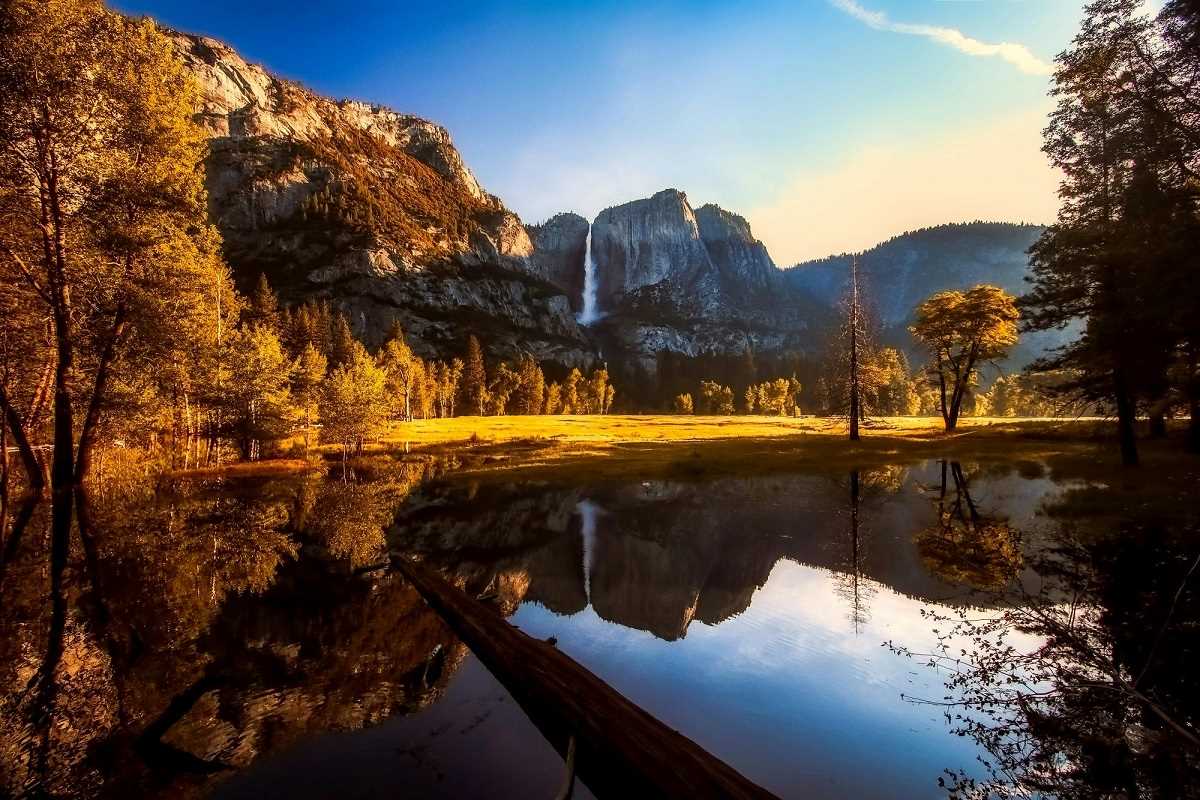 (Image via
(Image via